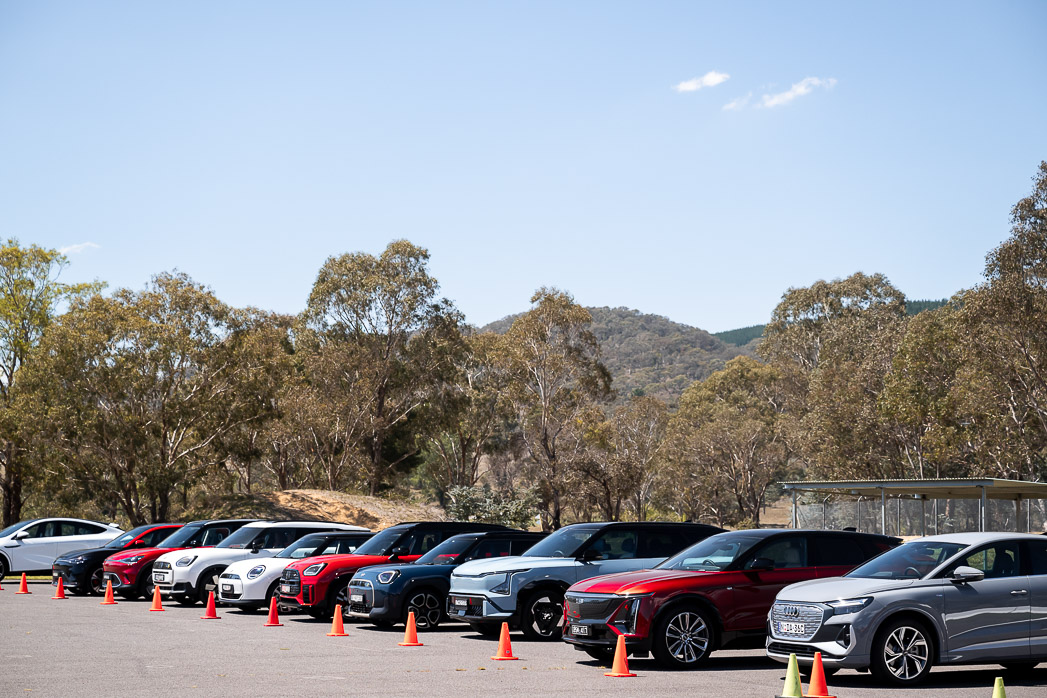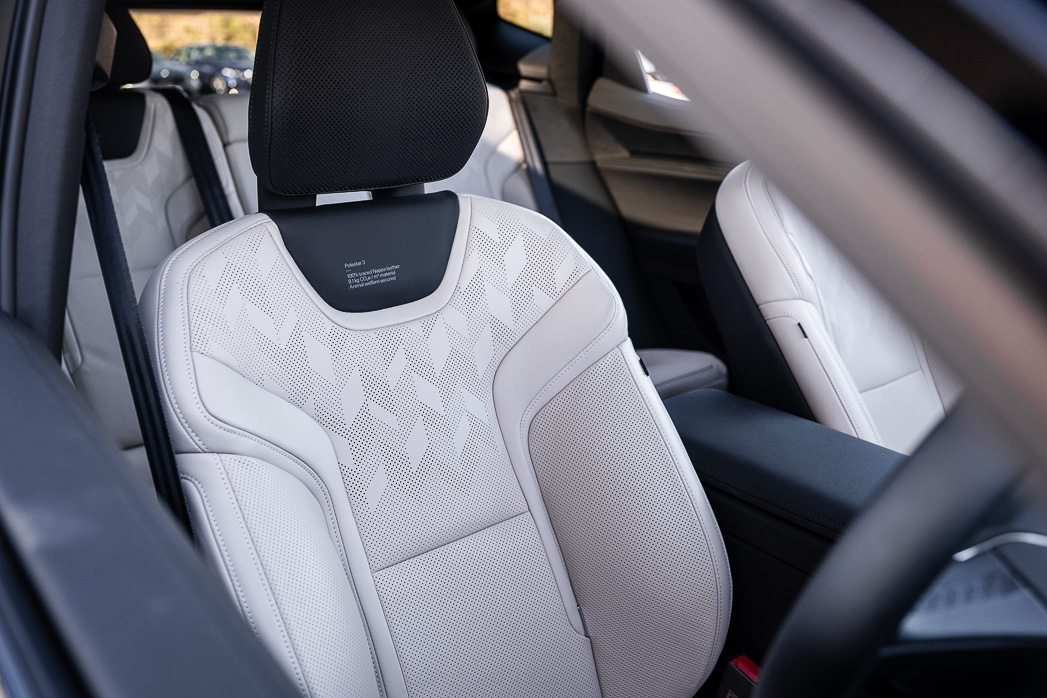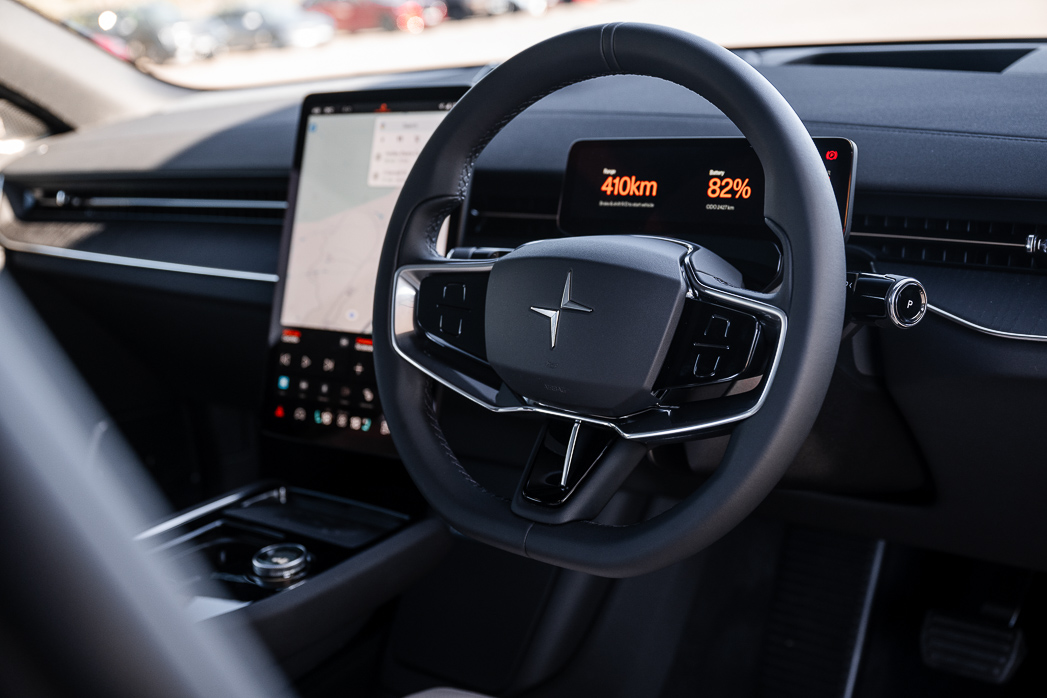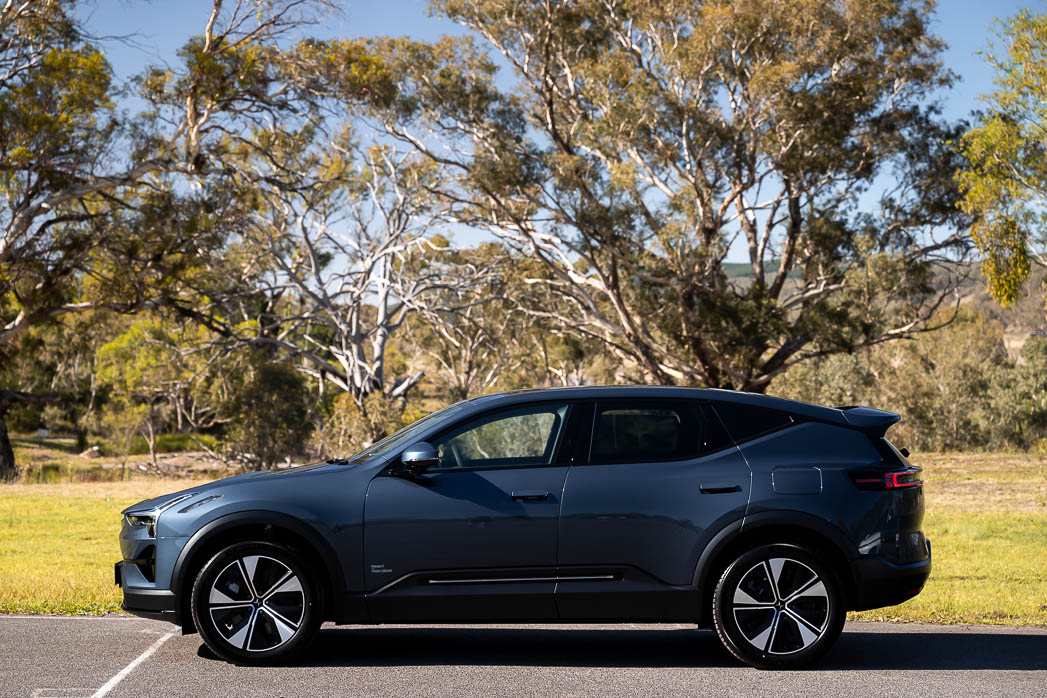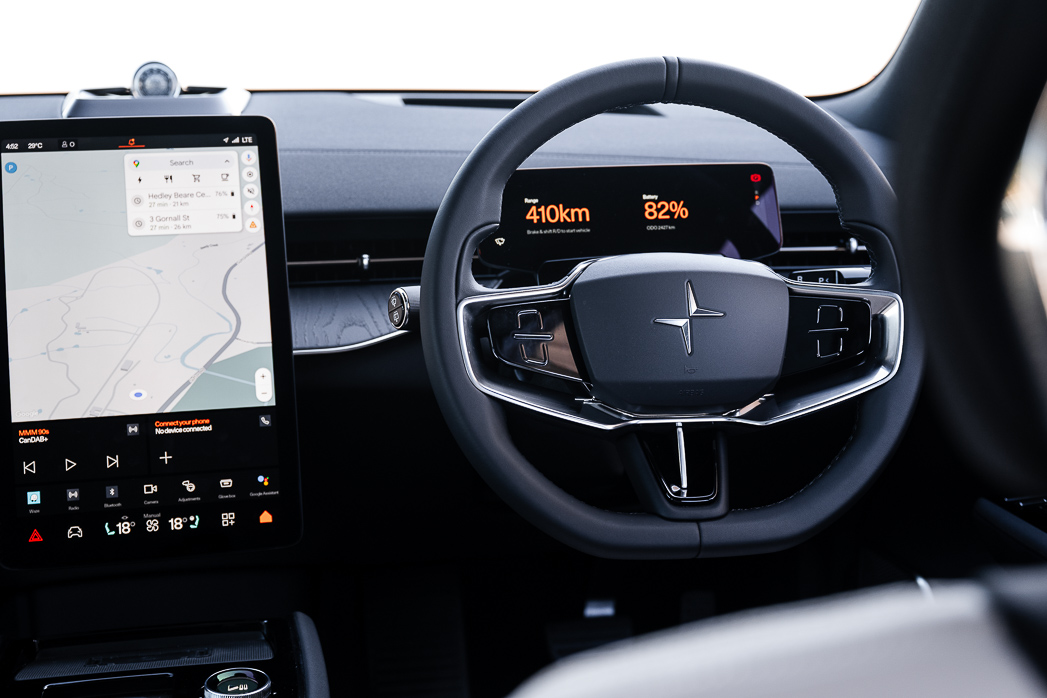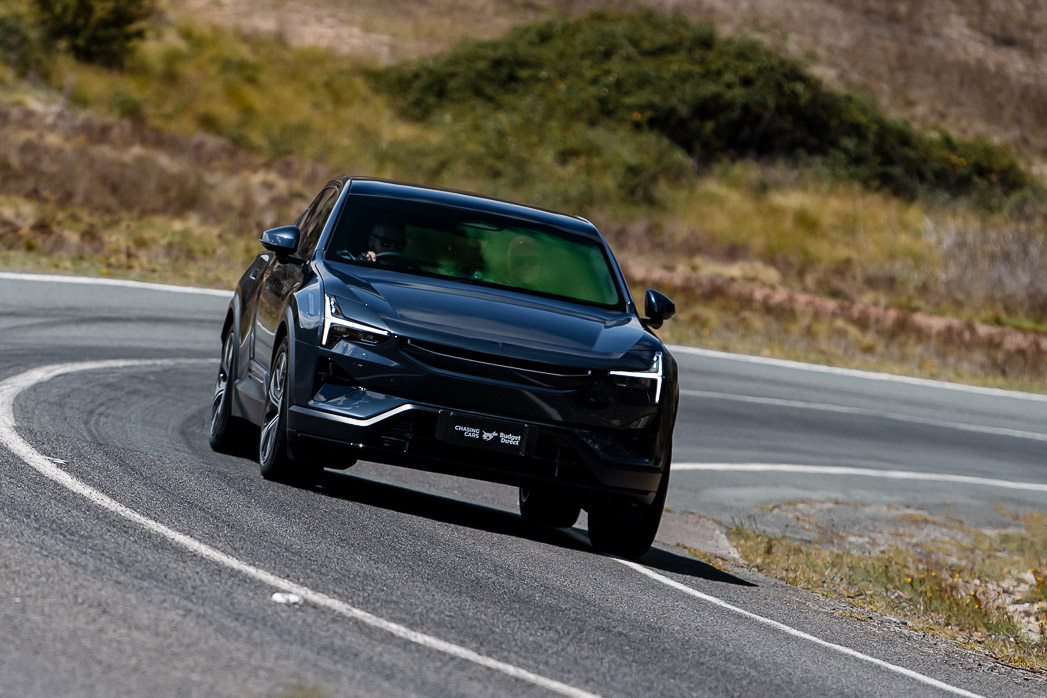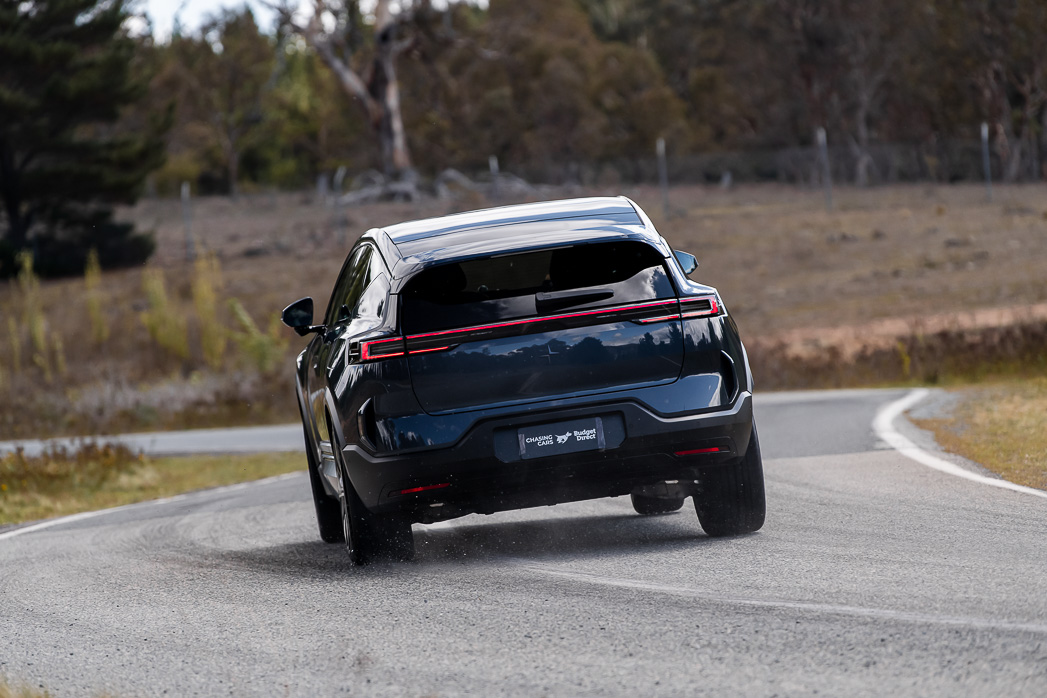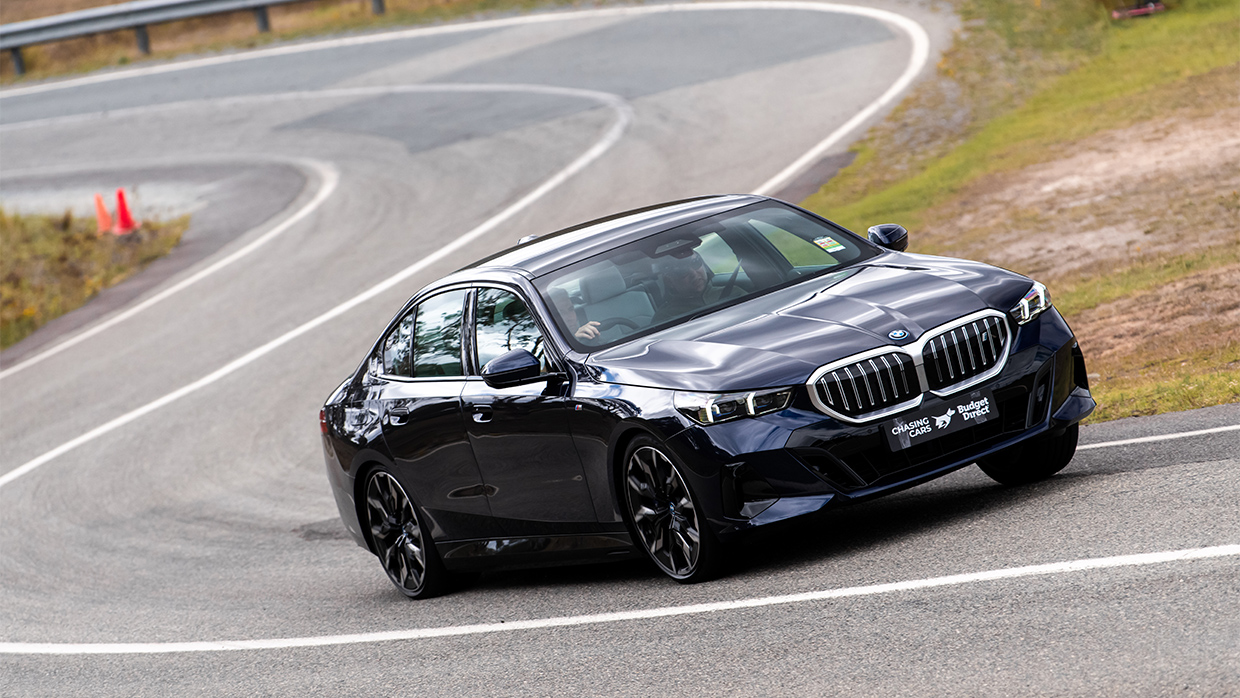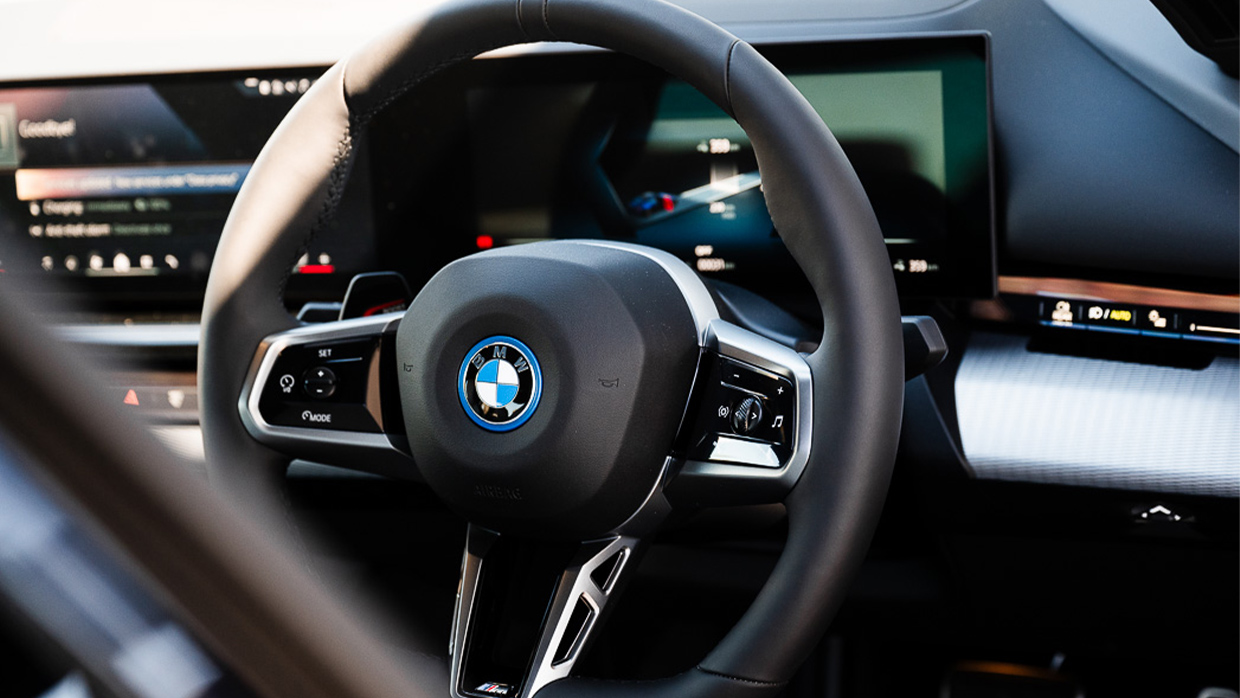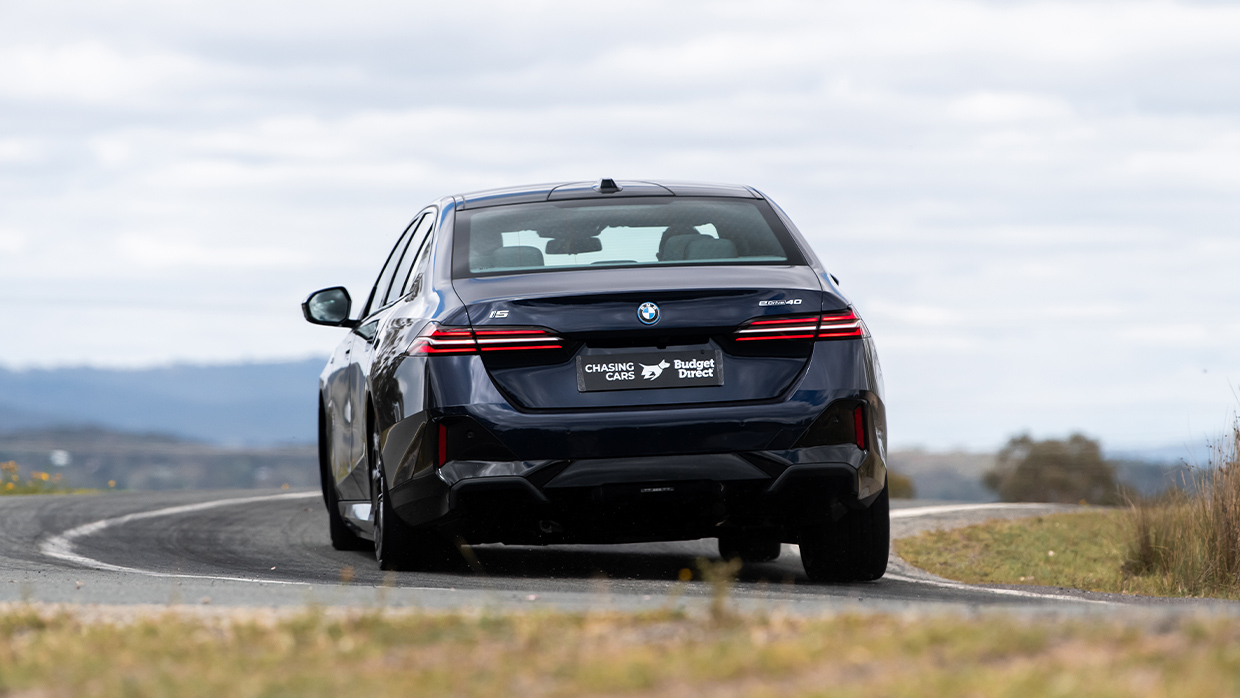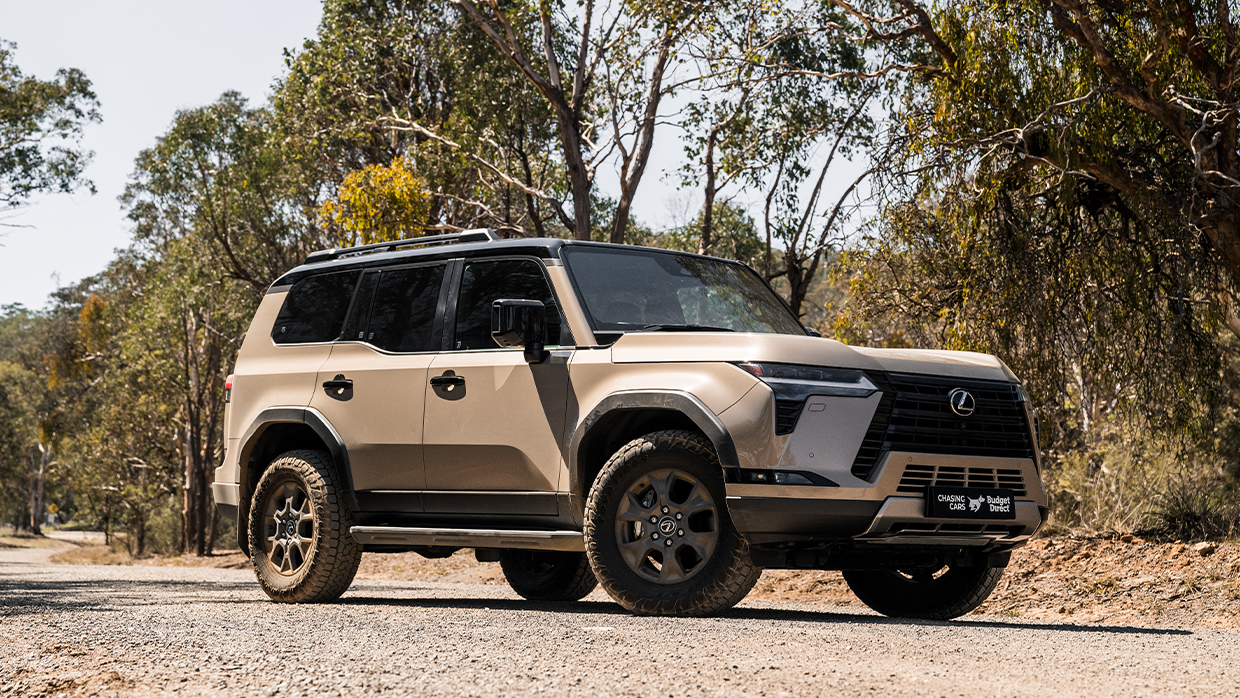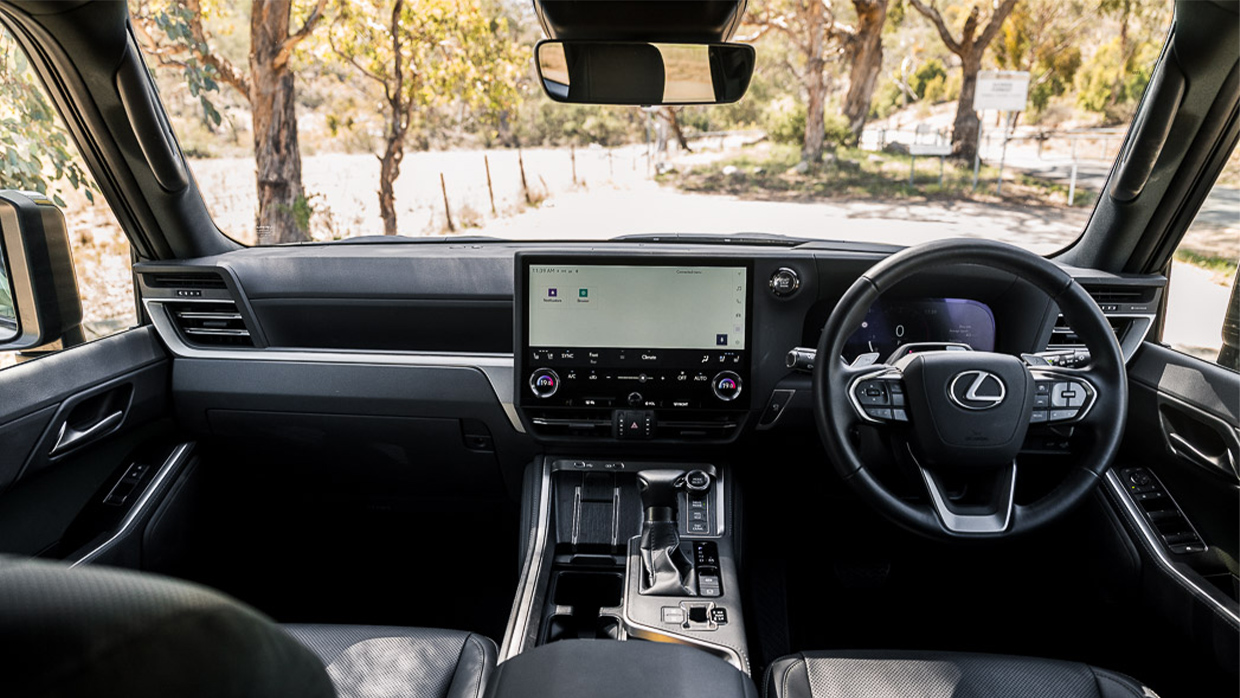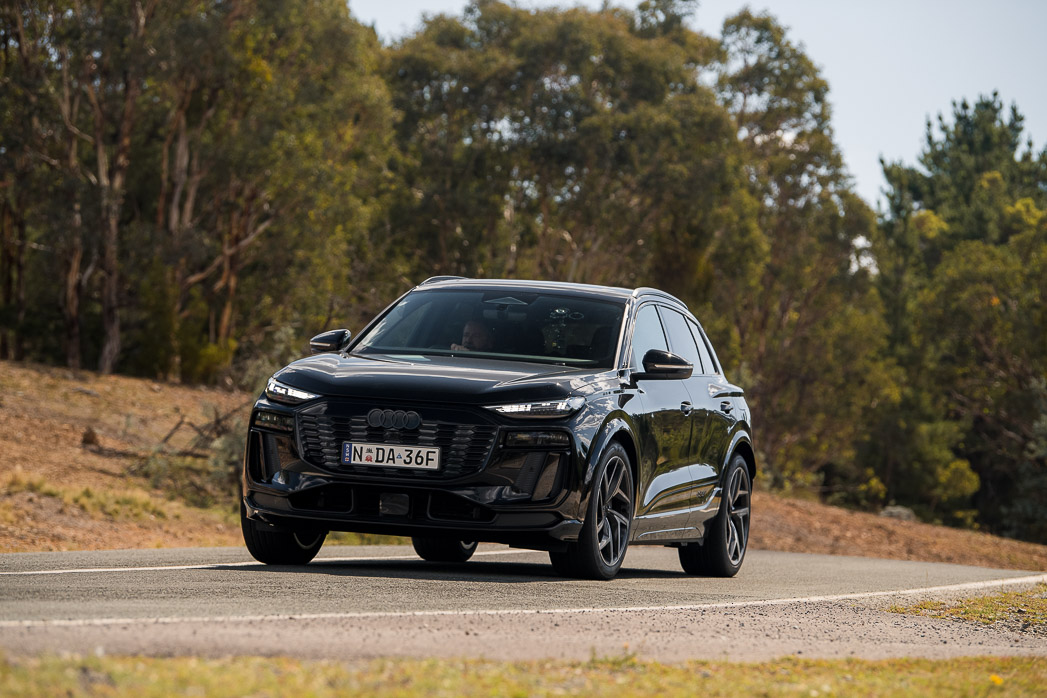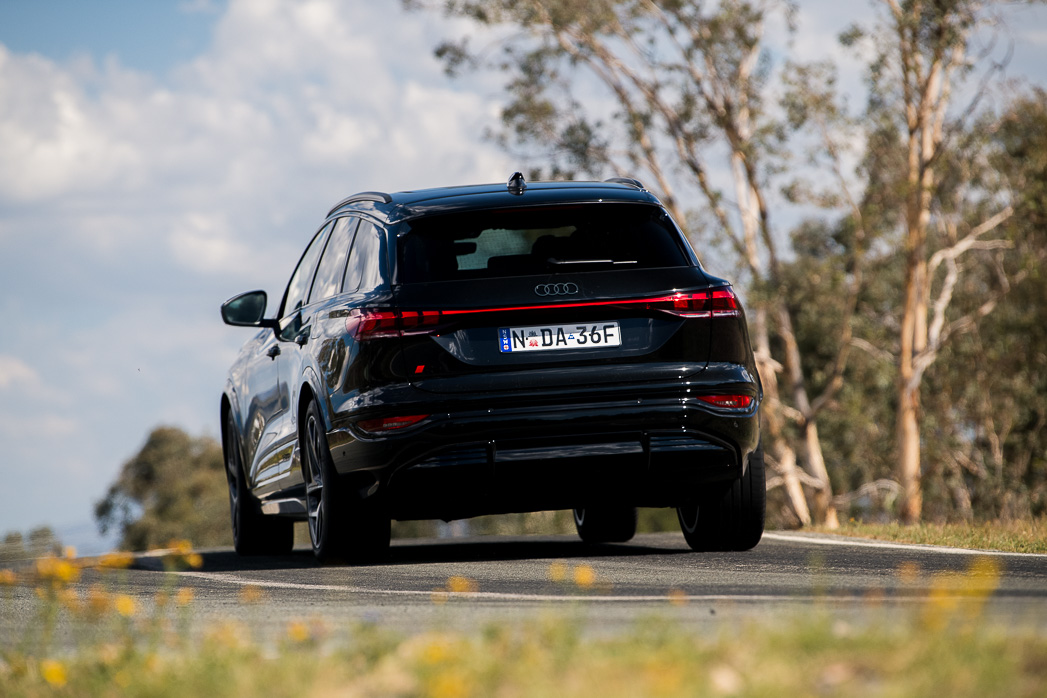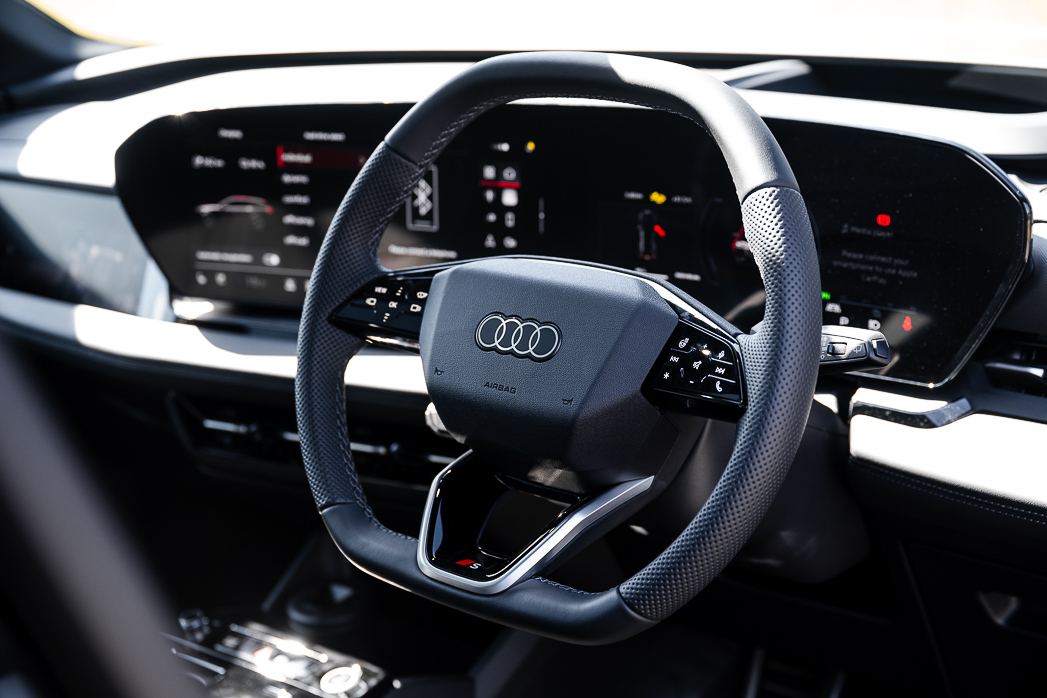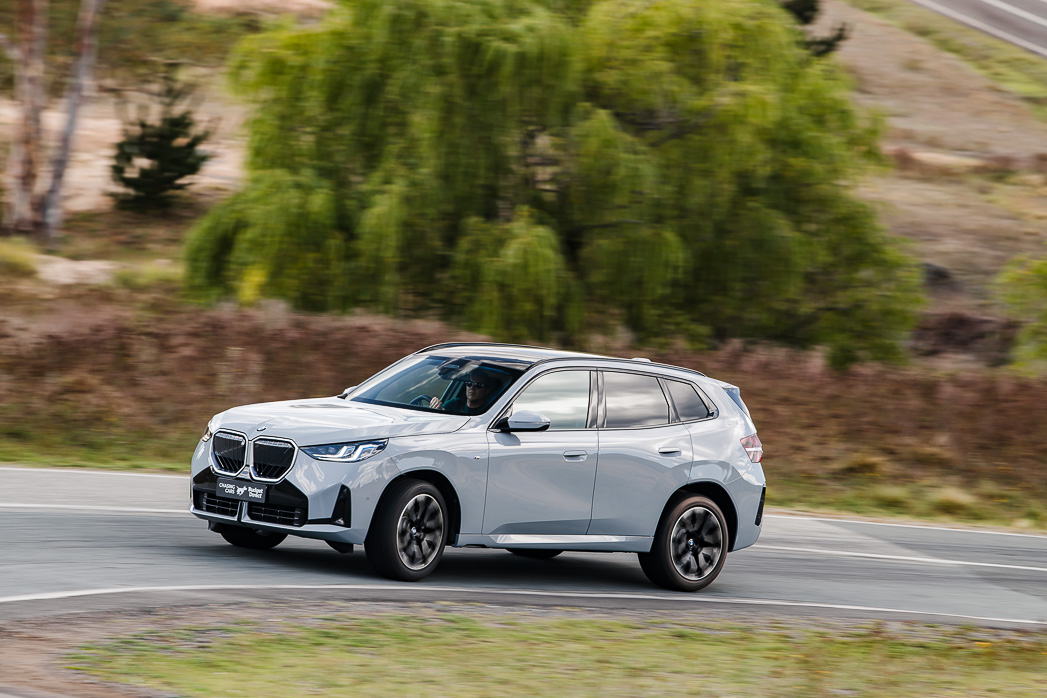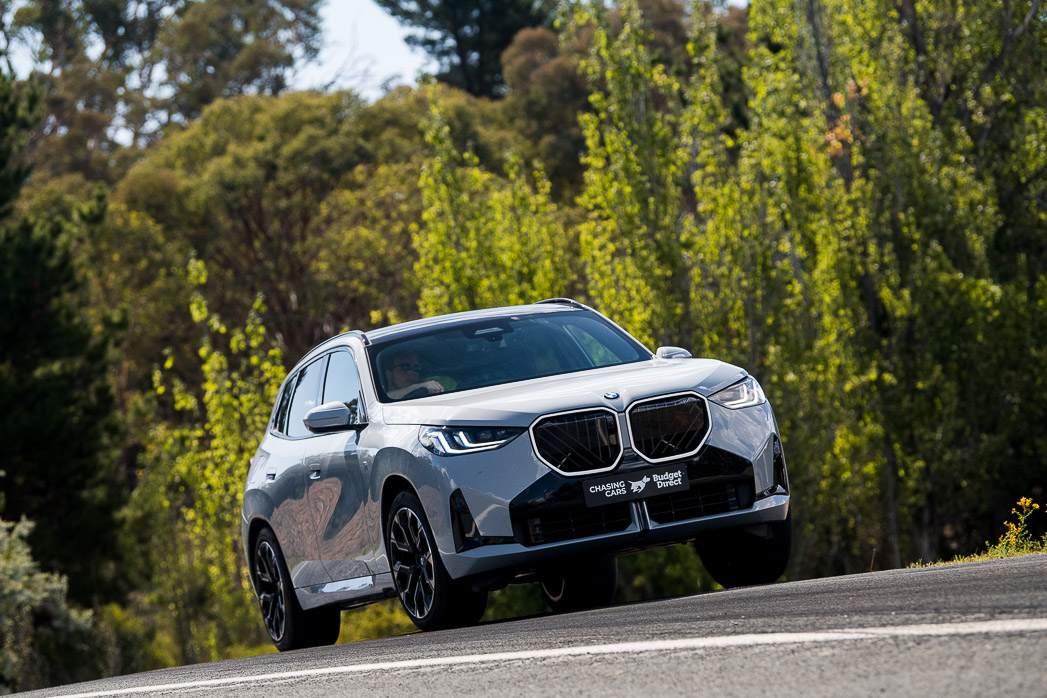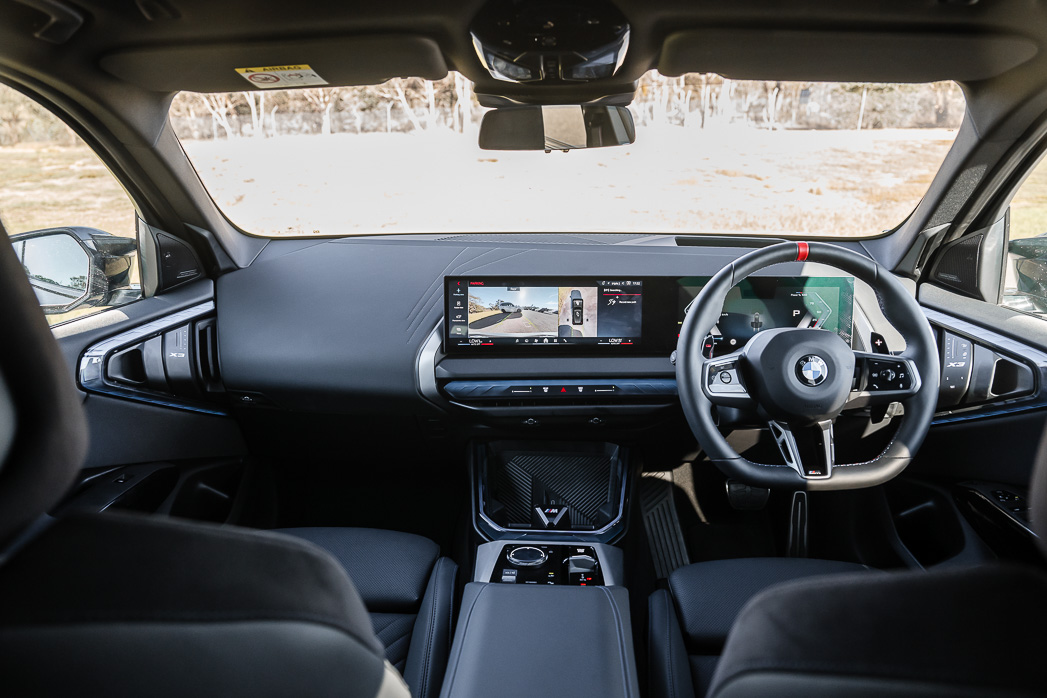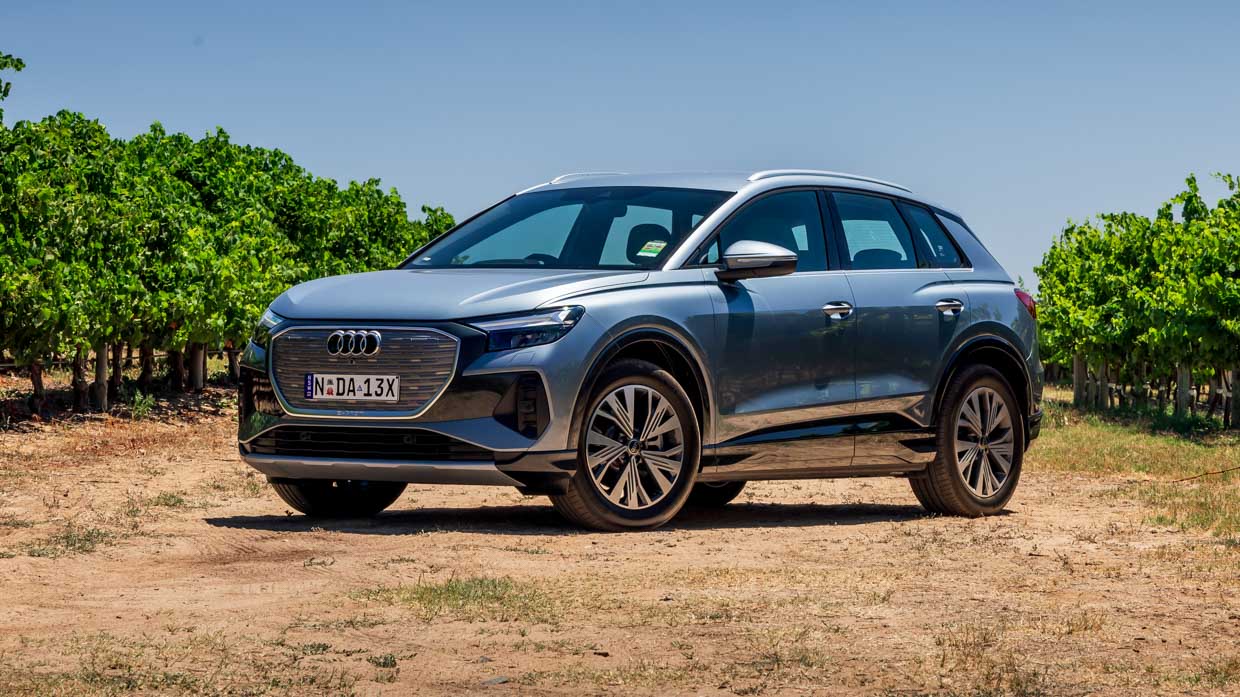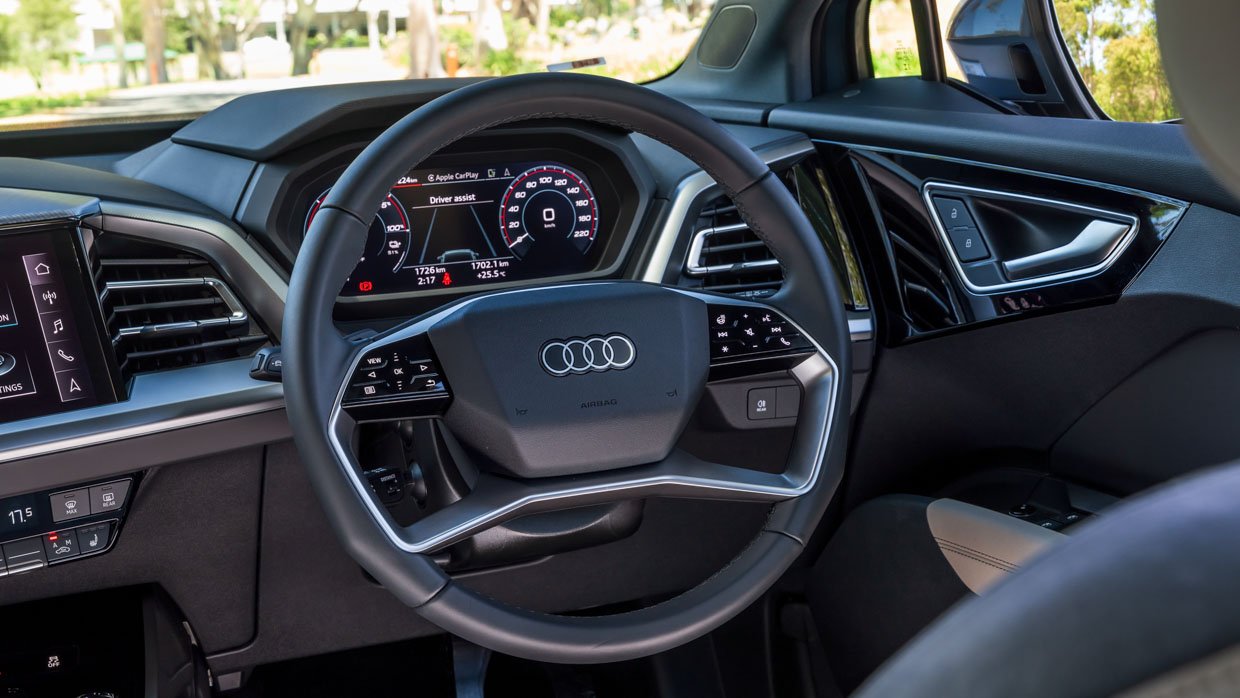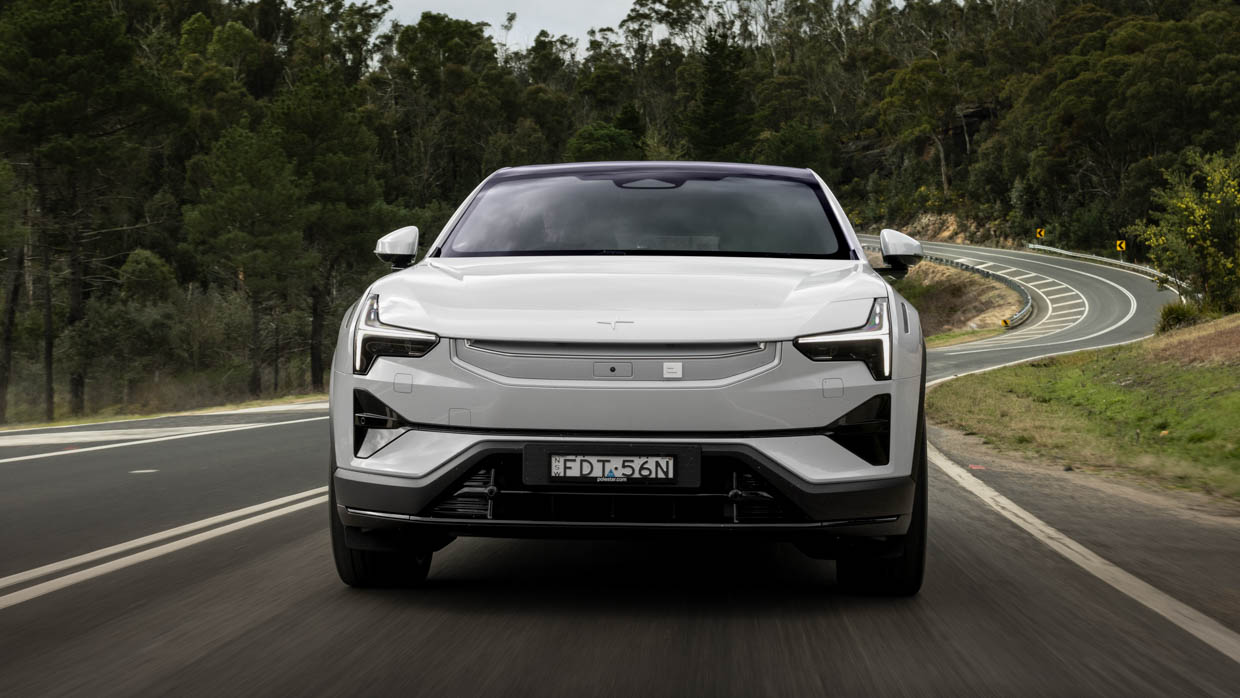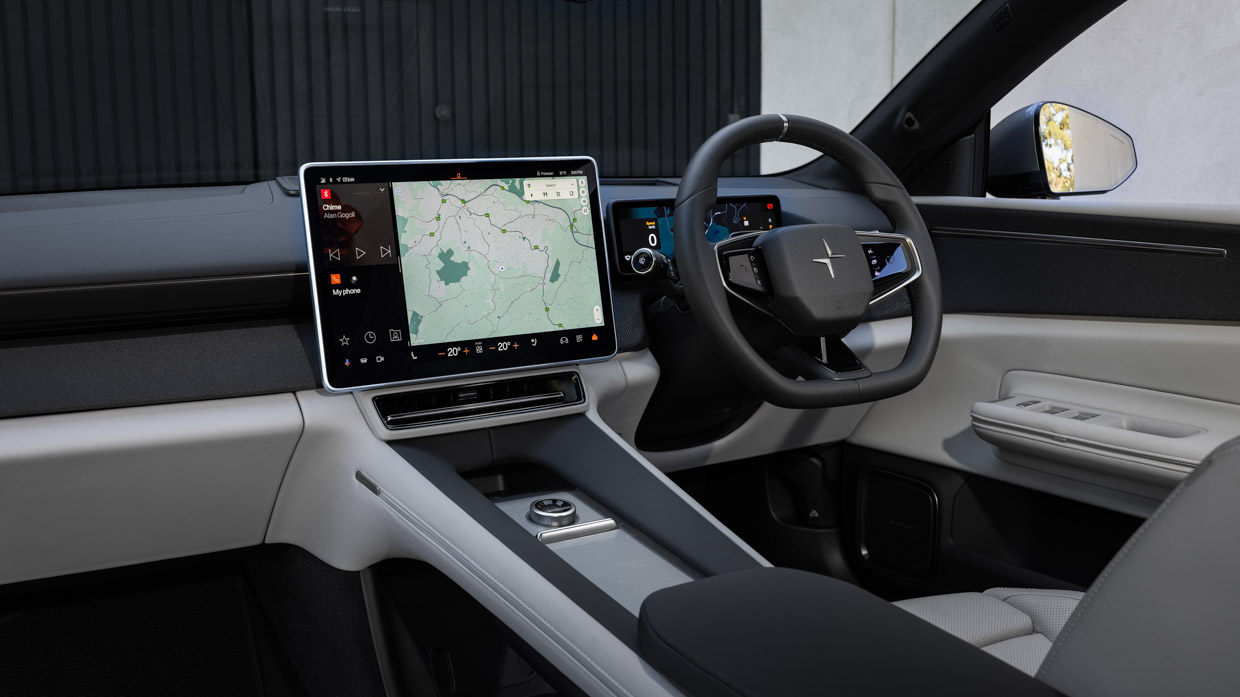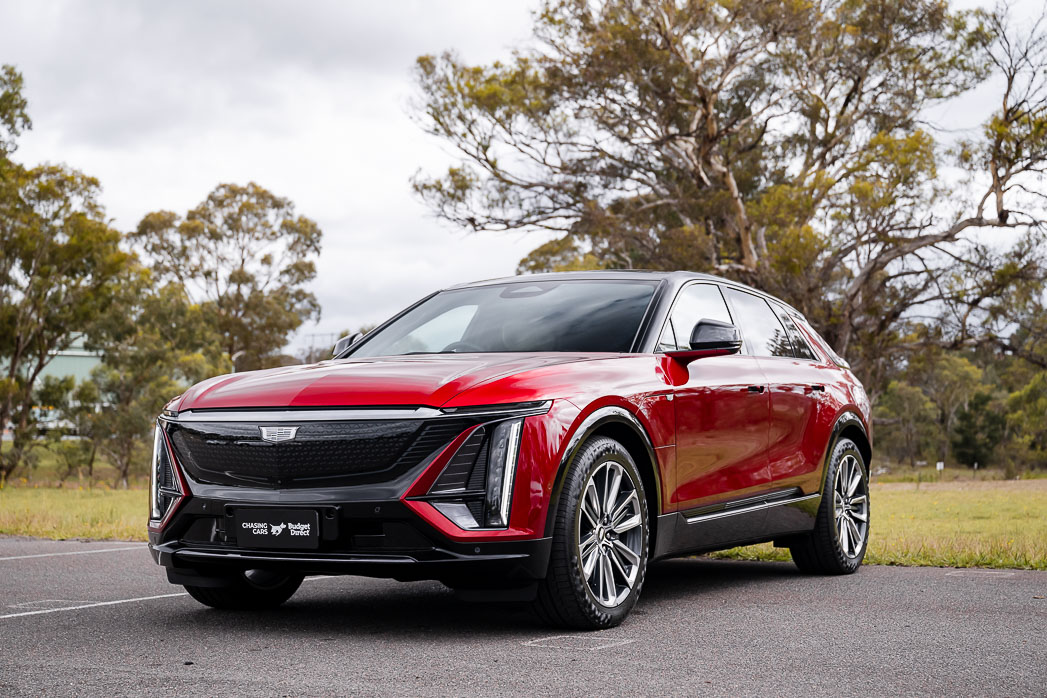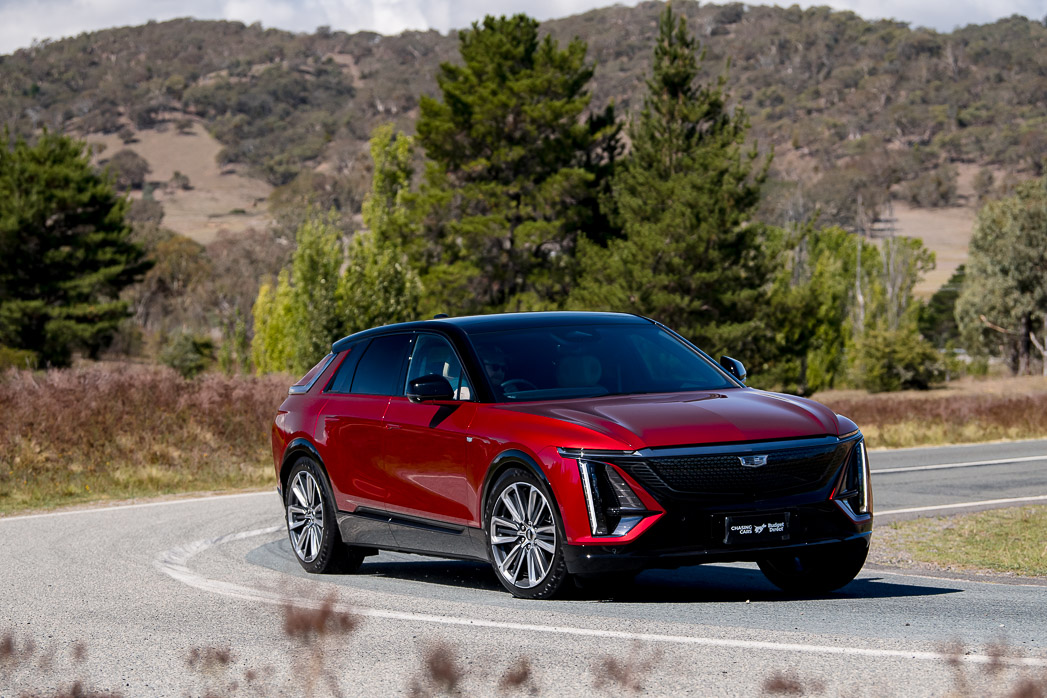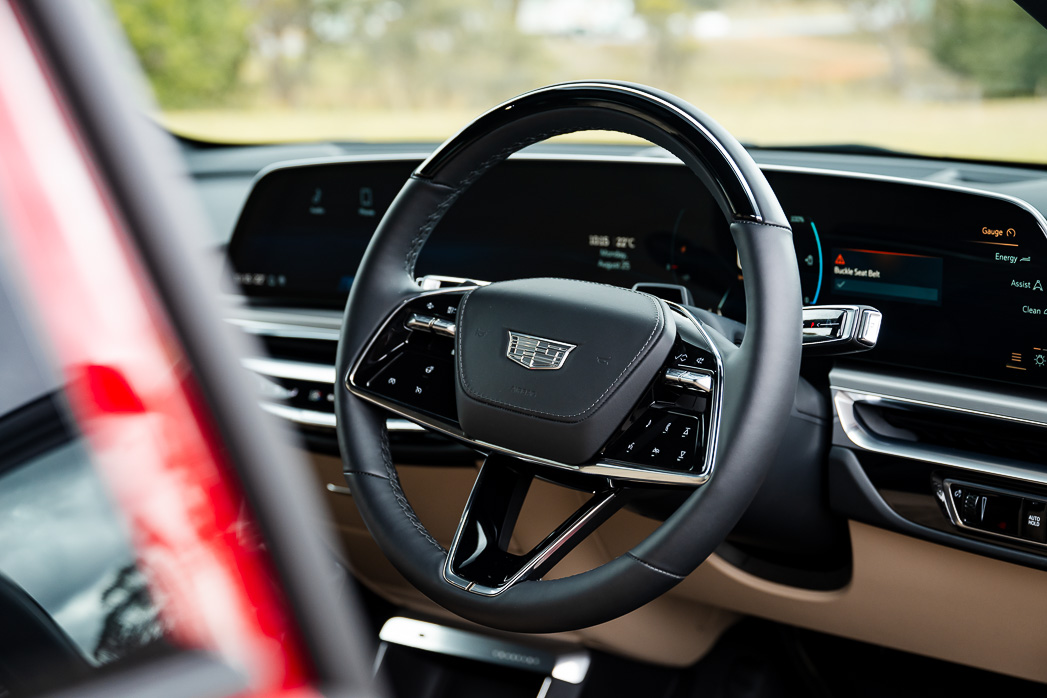-
Car Reviews
- All reviews
- Midsize SUVs
- Small cars
- Utes
- Small SUVs
- Large SUVs
- Large cars
- Sports SUVs
- Sports cars
- Vans
Latest reviews
- Car News
-
Car Comparisons
Latest comparisons
- Chasing Deals
Luxury vehicle buyers are becoming more and more spoilt for choice, as evidenced by our latest Car of the Year line-up
What does luxury look like in 2025? In a word, it’s all about choice.
Australia’s well-heeled have rarely enjoyed greater breadth in premium motoring, with legacy brands producing new riffs on greatest hits while being forced to innovate to fend off the (very real) challenge of new entrants.
Testing for Chasing Cars Car of the Year 2025 included a slate of the year’s newest luxe metal — an eclectic mix of the powerful and the refined. In fact, prodigious serves of both are one of the only commonalities here, with body shape, price, philosophy, execution and of course powertrain energy source differing wildly among our group.
Eight models competed for the Luxury Vehicle of the Year 2025 trophy, hailing from five manufacturers — two premium marques enjoyed twin bites of the cherry as product offensives heated up.
In identifying our order and overall victor, we looked for the characteristics that make up a luxurious experience: comfortable and well-made interiors, good performance, supple ride quality with capable handling on-tap, and excellent refinement with low noise, vibration and harshness.
Long Range Dual Motor with Plus pack ($142,754 before ORCs)
Very few electric cars have successfully contested the trailblazing Porsche Taycan’s ability to deliver a rewarding driving experience that transcends energy sources.
Nearly all EVs drive like, well, EVs: quick, but with a strong sense of mass, inertia, and leaden footedness over bumps. Porsche managed to work it out at great expense — and now the Sino-Swedish Polestar 3 has become the world’s most impressive electric SUV from a driving standpoint.
From our perspective, that is an enormous achievement. Nearly all brands in the Australian market are churning out EVs, and the combination of modular skateboard platforms and plummeting battery prices means it isn’t that hard to develop a fully electric car with passable dynamics and a half-reasonable price.
What is still truly difficult is to combine supple ride quality, eye-widening cornering prowess, practical range and an interior that feels worth an EV’s typically higher cost of entry.
Successfully delivering a compelling balance of those attributes saw the Polestar 3 unanimously top the Luxury Vehicle of the Year tally in the eyes of the judges. Put simply, the Polestar 3 is a good electric vehicle, but a fantastic luxury vehicle. It is one of the best performance SUVs on the market — full stop — and easily one of the finest new car releases of 2025.
So, what is a Polestar 3? It’s a considerably sportier reimagining of the underpinnings used for the forthcoming Volvo EX90 — itself an electric supplement to the well-known XC90. Yet the ‘PS3’ isn’t just an EX90 with a bodykit.
This 4900mm-long performance SUV skips the family-truckster Volvo’s third row, opting for a lush two-row layout with stretch-out back seat space and a huge boot, plus a small frunk.
Onlookers might pick that the two manufacturers share the quaint city of Gothenburg as their home, however…but the fraternal visual DNA means the Polestar 3 appeals to existing Volvo fans as well as admirers currently driving other premium cars.
The Polestar 3 looks the part. Not as tall as a traditional SUV yet riding higher than a wagon, the sultrily low and long-roof evokes fast wagon tropes. The neat glasshouse, burly rear haunches, and open bonnet slats add interesting details to the clean core design.
It’s true that our judges look for sharp pricing and, in that vein, the $116,754 base price of a Polestar 3 is far from cheap. But scratch the surface of our Midnight blue Long Range Dual Motor tester and it doesn’t take long to discover that there is value for money to be found.
Too many EVs we test feel cheap inside, relative to their purchase price — yet the PS3 bucks the trend thanks to stunningly elevated materials teamed with sensational build quality.
Despite Polestar forging its own destiny within the Geely group of brands, sensible humility is on display in the decision to use Volvo’s clever boot layout…and especially Volvo’s best-in-industry seats, here trimmed in available heated/cooled Bridge of Weir sustainable nappa leather with extensive adjustment.
These are proper all-day touring chairs that stand up to the PS3’s 500km real range while providing more than sufficient inflatable side support for cornering, which keen drivers want!
Returning to the PS3’s headline, this SUV drives better than some high-performance estates, with staggering body control and composure despite its enormous weight of 2623kg. Delicate steering feel reveals excellent front-end grip; the dominant aft motor reveals a healthy rear-drive feel enhanced by a standard twin-clutch rear differential a la Ford Focus RS and Volkswagen Golf R.
Very surprising levels of confidence and capability on Australian backroads certainly helped the Polestar 3’s case — here’s a family-sized luxury vehicle you will genuinely enjoy touring this country with — but a clincher was a rarefied level of suppleness and refinement that so many new models (even premium ones) struggle to get right.
Choose our tester’s sensible 20-inch wheels and the adaptive air suspension delivers superb ride quality for commuting and country driving alike while noise levels are low.
Demerits? Mainly the flab of the thing, which will tip three tonnes with four aboard. Heavy EVs are nothing new; Polestar isn’t alone — but we expect more from a brand that markets its commitment to sustainability.
Less weight would require a battery smaller than the PS3’s 107kWh (usable) pack and might mean consumption lower than our marginal 21-22kWh/100km. Also, a five-seat limit in such a long SUV won’t suit all.
There’s also a need to wade through a range which is too complicated for the realistically moderate number of Australians that will settle on a Polestar 3.
Our tester’s Long Range Dual Motor powertrain with Plus package is the sweet spot: we’d skip the more garishly detailed Performance, yet the standard variant is a little underequipped. Admittedly, we’re yet to test the rear-wheel-drive version that saves about $15,000.
READ MORE: Polestar 3
i5 eDrive40 M Sport ($155,900 before ORCs)
As recently as last year, EV pundits laid into BMW’s insistence on ‘Power of Choice’, its production policy allowing combustion, hybrid and fully-electric powertrains to be fitted to a single car, on one factory line.
Well, the Bavarians are the ones laughing now. Rapid scaling up (or down) of the EV production mix perfectly suits market wobbles. And claims that mixed-energy platforms result in compromised EVs have only partially held up. In the driving department, electric BMWs are among the very best.
Despite stately proportions that appear more 7 Series than sporty 5er, the new i5 becomes yet another Cluster Architecture-based electric Beemer that has earned the nod from our (cynical) judges.
We shouldn’t have been surprised after strong Car of the Year showings from the lither i4 Gran Coupe (2022) and full-size i7 (2023) — but expectations for a 5 Series, being such a quintessential BMW, are deservedly high.
Our expectations were mostly met, and our rear-wheel drive i5 eDrive40 feistily challenged the Polestar 3 for Luxury Vehicle of the Year.
But we struggled to ignore the rich list price (commencing at $155,900 — though we hear it’s a lot less in reality), a desire for a little more range (you’ll get 450km from the 81.2kWh usable battery), and a niggling sense that the 5 Series’ cabin, while still comfortable, has stepped back in perceived expense — a problem, given the cheaper Polestar 3’s superior interior.
Beyond those peeves, the BMW i5 simply nails its brief — and then goes even further. The bigger dimensions and serene refinement make the electric 5er hugely dignified for the commute or even when touring on broken-up B-roads: the ride, even on optional low-profile wheels and 21s, is superb. For more money, you can have AWD, and even a wagon (or a petrol or diesel 5 Series, too).
A pleasant shock: the baby-7 Series character has not come at the expense of classic 5 Series sportiness. Spirited cornering rapidly reveals good steering and an incredible chassis that likes to boogie while communicating clear options to the driver.
Here’s a luxury car that is great to drive and great to ride in. In other words, a proper BMW.
READ MORE: BMW 5 Series
GX550 Overtrail ($128,200 before ORCs)
Hindsight is a wonderful thing and following the sell-out Australian release of the boxy-beautiful Lexus GX, it is retrospectively mystifying why the ‘Lexus Prado’ wasn’t brought to Australia sooner.
Well, while America’s old 150 Series-based GX had a V8, it looked quite soft. When first impressions count for so much, we don’t blame the Japanese brand for waiting for the hugely charismatic new GX550…
Thankfully (for some 2000 Australians that waited in line), the talents of the GX run far deeper than appealing sheetmetal nailed by the design team.
A throaty 3.5-litre twin-turbo V6 petrol, substantial off-road chops in tested Overtrail form, a subtle and well-made cabin and acceptable tarmac manners all help to an enormous degree.
Aside from poor fuel range (sub-500km!), the GX is so suited to the target posh/rugged Aussie demographic that it has created an awkward problem for Toyota.
While the Lexus isn’t ‘cheap’ at $116,000, that’s only a $16K penalty to escape (literally) from a Prado Kakadu’s gutless diesel four-cylinder — not to mention that, by rejecting any hybrid system, the GX550 comically sidesteps the Toyota’s embarrassingly small boot.
Faster, slicker, sexier and just better — it comes at a price, both at the dealership and the bowser, but it turns out the ‘Lexus Prado’ was a mighty good idea for Australia indeed.
READ MORE: Lexus GX
E-Tron quattro ($122,500 before ORC)
Kerb appeal isn’t just for houses. Convincing Australians to part with six figures for any new car is a tall order: Audi’s tried-and-tested recipe of the last three decades has seen precious little variation on handsome, techy styling.
The fans love that — and so too might two-row electric SUV shoppers who don’t want a design that polarises like a BMW iX or Benz EQE as it passes the gates of the golf club and grammar school.
Enter the quietly confident Audi Q6. Scoop inoffensively pleasant Audi styling atop a sophisticated new electric platform co-developed for the Porsche Macan and you (predictably) receive a likeable and premium crossover.
Seriously supple ride quality, good handling and a nice cabin will equally suit Q5 and Q7 owners who feel ready for full electrification—those aspects won’t hurt convince those alienated by an iX.
We do wonder if the Q6 has tried hard enough. Efficiency from the 94.9kWh (usable) battery is only middling; the Quattro models are powerful yet not rapid; and the cabin materials are cheaper than past Audi crossovers.
It’s expensive, starting from $115,500 at the time of testing (although a more affordable RWD base has since entered the range) and not that well equipped, necessitating pricey option packages.
But the Q6 drives very well, with the serene ride giving way to surprisingly compelling handling balance when pushed.
And then there are the handsome, square-jawed looks. And who wouldn’t prefer that on their drive over a weird, egg-like slave to aero?
READ MORE: Audi Q6 E-Tron
M50 xDrive ($128,900 before ORC)
The big problem for the new BMW X3 is that while it’s the best-driving SUV in its class, it’s a car caught between two worlds. That ‘Power of Choice’ philosophy we raved about earlier (see BMW i5, above)? Seemingly, the X3 will be a car to break the rule.
Beneath the combustion model’s avantgarde design revamp is Munich’s sorted (but old) Cluster Architecture platform. But next year’s iX3 electric won’t borrow CLAR: it’s getting the brand’s next-gen Neue Klasse architecture, like the next 3 Series.
So, the X3 will split into two cars of similar size, meaning increased costs. So, while the mechanicals of the petrol and hybrid X3s are even better (atop a reliable platform, buyers find better suspension while an inline six is still available), the Bavarians have saved Euros elsewhere.
Sadly, it’s obvious where: a marked decline to scratchy cabin materials joins cheapo choices like switching from an opening panoramic roof to a fixed one. Rigidity is up — as is miserliness. What a shame!
The saving grace? Those dynamics. The soul of a BMW is still more than evident here. While the entry 20 petrol is too modestly powered (and should have been a 30), the plug-in hybrid should solve that, and the flagship 3.0-litre M50 wails a great tune from new quad pipes. Good grip, an involving chassis and an adaptively damped ride impress.
Only when pushed too hard do you recall that this isn’t a 3 Series Touring.
READ MORE: BMW X3
E-Tron 45 Sportback ($128,900 before ORCs)
At risk of damning the Audi Q4 with faint praise, here sits the best-driving SUV atop the Volkswagen Group’s affordable MEB electric chassis yet. It should be, with the Q4 commanding a hefty $25,000 premium over its pragmatic Volkswagen ID4 cousin.
But after experiencing the Q4’s level ride, just-right power (in 45 rear-wheel-drive format) and surprisingly spirited and communicative handling, we think there will be takers.
There’s just a teensy problem of Audi dealers needing to coax those potential marks out of the showroom and onto a test drive, because the Q4’s cabin just isn’t good enough.
Sure, the basics are right—the four-spoke leather wheel feels good, build quality appears solid, and the infotainment works well (noting with approval that Audi skips the silly micro-cluster found on nearly every other MEB product from other brands).
The seats are supportive — but they are outrageously manually-adjustable in base form! An option pack fixes that, but the corner-cutting to get the Q4 to a price is obvious.
Abundant hard-grain plastic severely lets down a brand that, just a few years ago, would consistently kill perceived cabin richness in every segment. Thankfully the Q4 isn’t too overpriced, it’s efficient and — like the Q6 (above) — nobody cringes at the sight of it outside your house.
READ MORE: Audi Q4 E-Tron
Long Range Single Motor ($81,500 before ORCs)
It might seem odd that of this year’s two new Polestar models, one can win Luxury Vehicle of the Year (see Polestar 3, above), while the other collects a joint wooden spoon. That is possible because the Polestar 4 has nothing in common with its larger sibling.
Dig deeper and that’s concerning. While the PS3 basically adapts (and enormously enhances) the old Volvo-developed SPA platform, the PS4 rides atop the new and more generic Geely SEA1 chassis that we’re going to see a lot more of.
If Gothenburg can transform SPA from capable and inoffensive (Volvo XC90) to incredibly dynamic (Polestar 3), perhaps it can do so with SEA1. Sadly, that didn’t happen by the time the Polestar 4 hit production.
While it’s ‘fine’ to drive, with a middling ride/handling balance, our judges found no discernible character. Benchmarking a Model 3 instead of the segment’s fun cars (BMW i4) is retrograde, with the disappointment magnified by the fact we know Polestar can make cars interesting.
You’ll notice we haven’t even mentioned the fact the Polestar 4 doesn’t have a rear window yet. A decision seemingly made to grab headlines more than to (barely) expand aft headroom, it’s annoying, and serves to distract from the Polestar 4’s one big positive: its rich, spacious, well-built cabin.
We loved the interior, from the tailored knit seating to the slick tech and ergonomic layout. We can only hope that, in time, the dynamics can be tweaked to match.
READ MORE: Polestar 4
Sport ($119,000 before ORCs)
The end of Australian car production was a messy time, and those looking for someone to blame attribute percentages to the government, the unions, Holden, and General Motors in Detroit.
Holden’s dead: politicians and unionists change. But GM has persisted and, not quite five years after exiting Australia, it’s back with Cadillac. And not with Caddy’s blistering Blackwing V8s in sedans we hear drive competently — but with a fully-electric lineup, just as the luxury EV market sustains a nasty deflation.
GM and Cadillac are welcome back if they bring reasonably priced, high-quality, good-to-drive vehicles to Australia. We’re neither nostalgic nor grudge-holding.
If anything, we were hoping the handsome Lyriq would meet those criteria. Sadly, it was almost immediately clear the inaugural Aussie-market Caddy failed two of the three.
It’s not bad to drive, but the build quality is unacceptable (for any car—not just a luxury one) and ambitious pricing from $117,000 has a consequential whiff of arrogance to it.
If a brand aspires to enter a market competing with the excellent Polestar 3, the good Audi Q6, and the exceedingly well-made (if acquired taste) BMW iX, showing up with a half-finished, so-called premium jalopy with juddering electric charge port doors, ill-fitting trim, evidence of lazy conversion to right-hand drive, cheap materials just out of view and an interior that creaks loudly while cornering isn’t the way we’d start.
All the above is very hard to reconcile when you consider that, while well-equipped as standard, the Lyriq is considerably more expensive than a base Audi Q6, it’s dearer than a Polestar 3, and it’s far beyond the price of the smaller BMW iX3 ($91,000). A significant positioning rethink is required.
But even at $79,990, we’d still require all the above demerits to be remedied.
READ MORE: Cadillac Lyriq
Latest comparisons
About Chasing cars
Chasing Cars reviews are 100% independent.
Because we are powered by Budget Direct Insurance, we don’t receive advertising or sales revenue from car manufacturers.
We’re truly independent – giving you Australia’s best car reviews.
